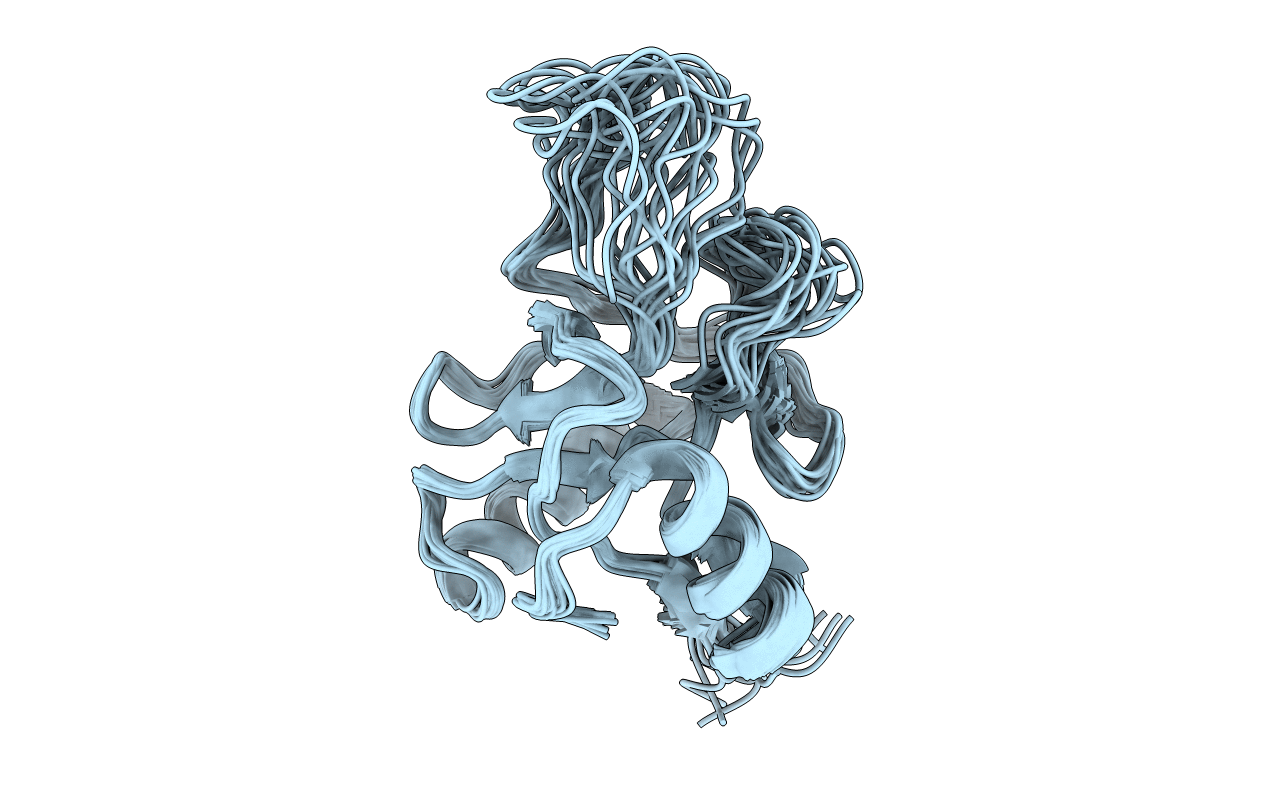
Deposition Date
2003-11-19
Release Date
2004-07-20
Last Version Date
2024-10-16
Entry Detail
PDB ID:
1RJH
Keywords:
Title:
Structure of the Calcium Free Form of the C-type Lectin-like Domain of Tetranectin
Biological Source:
Source Organism:
Homo sapiens (Taxon ID: 9606)
Host Organism:
Method Details:
Experimental Method:
Conformers Calculated:
20
Conformers Submitted:
20
Selection Criteria:
all calculated structures submitted


